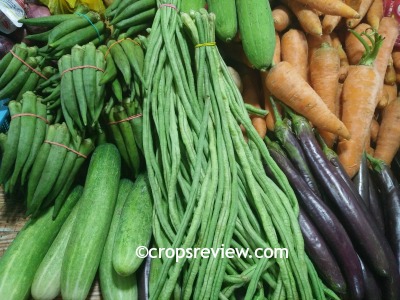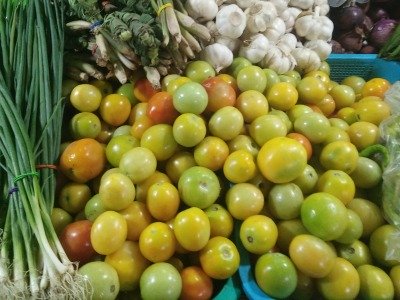There are many online queries on what is agriculture although its history started more than 10,000 years ago.
I used to think that this is quite amazing because the word agriculture is of common usage.
On second thought, I now realize that this seemingly high interest in clarifying the term is justified in view of its large coverage, its varied application as a science, practice, business, and for other purposes including legal matters, and with new technologies and specialized fields continuously added into its fold.
I use one definition as a compressed answer to the main question “What is Agriculture?“
It is thus described as both an art and a science (needs skill and is founded on scientifically verified facts) and thus includes specialized disciplines; the words “growing” and “raising” are descriptive of enterprise, activity, or practice.
It has two main divisions: plant or crop production and animal or livestock production.
And its ultimate purpose is for food production, other human needs such as clothing, medicines, tools, artistic display, dwelling, and feed for animals, or for economic gain or profit.
Read more


